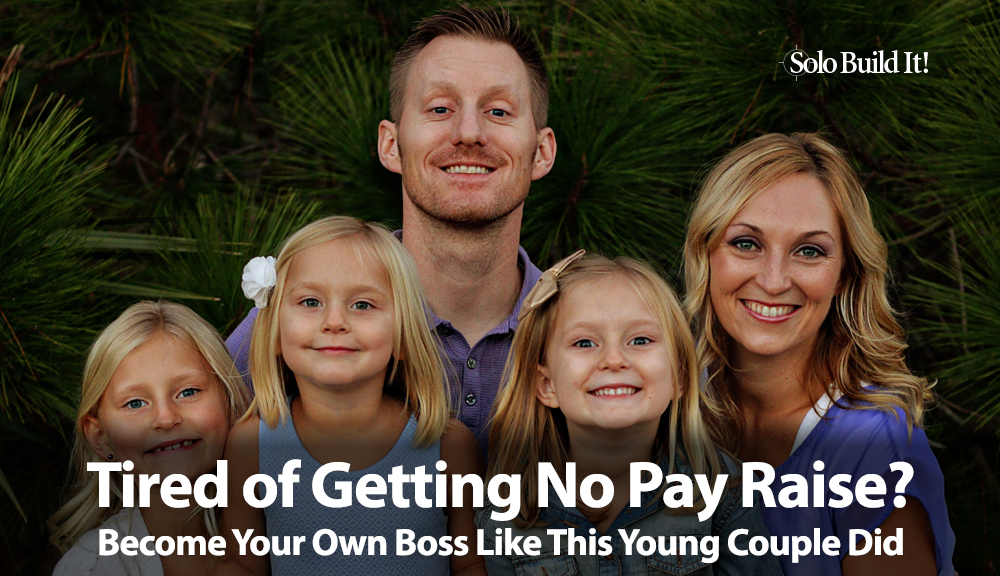
I love working for myself, that I don’t get told what to do, that I make my own hours, that I work when I want on what I want… I also like that the amount I make is up to me. In my profession, raises didn’t come often.Luke from home-speech-home.com
Luke and Hollie met at college while studying for their degree in speech and language development. They fell in love with each other, and with the idea of starting a business together.
That was back in 2010. Five years later, Luke was able to quit his full-time job and focus fully on their online business.
Today, their business supports a family of 5, with a 6th family member on the way.
Learn how this young solopreneur couple manages to juggle a busy family life, homeschooling and growing a profitable online business together — without driving each other insane.
1. How did you decide about your niche, speech and language development? How did you know it was the right topic for you and had great business potential?
Both my wife and I have a background in speech and language development and we wanted to start a business together. So the topic of speech and language development sounded like the ideal niche for us. We also thought there was a need for more resources for parents to do speech therapy with their kids at home.
We went through the niche evaluation process as outlined in the SBI! Action Guide. The Brainstorm It! numbers for both demand and supply were low. However, the Action Guide also advises not to become number-bound, and to trust your human judgment.
From our knowledge in the speech and language development area we believed that this was an up and coming niche, with not much out there, but the potential for growing bigger.
We did some additional research (Google Trends, searching at marketplaces like Amazon and Etsy for existing products in that niche, and whether people were buying them). After all this research, we were optimistic about the business potential (although we were still not 100% sure) and took the leap.
Keyword research is an important part of your preparation. It helps form the structure of your site and what you will write about. Numbers, though, are guidelines. Your own human judgment has the final say.
This is even more true for a niche that’s slightly ahead of the curve. An “early stage” concept requires some dedicated brain work and time to develop the just-right approach.
Begin your research with these three “big picture” questions…
- Does the idea/concept excite you? With an early stage concept, you can literally own that space if you do a good job.
- Are there some encouraging signs of monetization potential with this concept?
- Will your potential market expand as people catch up to you and start searching for that specific concept?
SBI!’s Action Guide leads you through the process of thoroughly assessing these three areas. When the answers to these questions satisfy you (as they did for Luke), you’ve found your ideal business niche.
2. Your SBI! site, www.home-speech-home.com has a beautiful design. Did you create it yourself?
Thank you. 🙂
Yes, I created it myself — or I should say modified it myself. My design is based on a two column mobile responsive template from the SBI! template library. I’ve used Photoshop to modify and adapt it to my liking.
Over the years, I have improved my Photoshop skills considerably. Now I can mimic designs that I like easily.
I have also become much more aware of simplifying the look and feel of a design. When I moved my site over to a mobile responsive template back in June 2015 (right before Google started ranking mobile responsive sites higher), I wanted ours to be simpler than the three-column that it was before the move.
We like it that Luke points out simplicity as an important design factor. Let’s take this a step further. Don’t try to follow every new “cool” design trend that comes around. Instead? Go different while still being sharp-classic. Your design should…
- be part of what we call your “Personality.” Voice, positioning and site design add up to your business’s Personality. And that, of course, should appeal to the thumbnail or persona that you visualize as your typical visitor/customer. This is an important concept that’s covered in detail in DAYs 4 and 5 of the Action Guide.
- add credibility, upon which your words build. You don’t need to look “BigCo” – you probably should not, actually. But it shouldn’t look like you put your site together in your pajamas, either! Look, voice and positioning must all be in sync as a single Personality.
3. How long did it take to start earning income from your online business? Is it a full-time or a part-time income?
I started working through the Action Guide in January 2010, registered my domain name at the end of March 2010 and began writing content at the end of April. I probably didn’t start monetizing with AdSense until September or October. In December 2010 we published our first eBook.
Between June and October 2010 I didn’t focus entirely on growing my online business as I had a lot of things going on in my life at that time. I feel I could have monetized sooner had I been focusing solely on my business.
In June 2015, five years after starting HomeSpeechHome.com, I quit my full-time job. Since then, I’ve been working on the site full-time.
Why? Because, similar to starting a brick and mortar business, you need a solid plan and proof of concept first. The first 5 metaphorical “DAYs” of the SBI! Action Guide are all about planning, researching and evaluating your business concept.
Your initial idea may be confirmed. Or you may discard your original business idea because it’s not profitable enough or because the competition is too steep.
SBI!’s tools and guidance are designed to help you find or refine your very best niche, one that fits with your passion, knowledge and time availability. That’s why Luke and so many fellow SBI! members achieve success in the face of fierce competition.
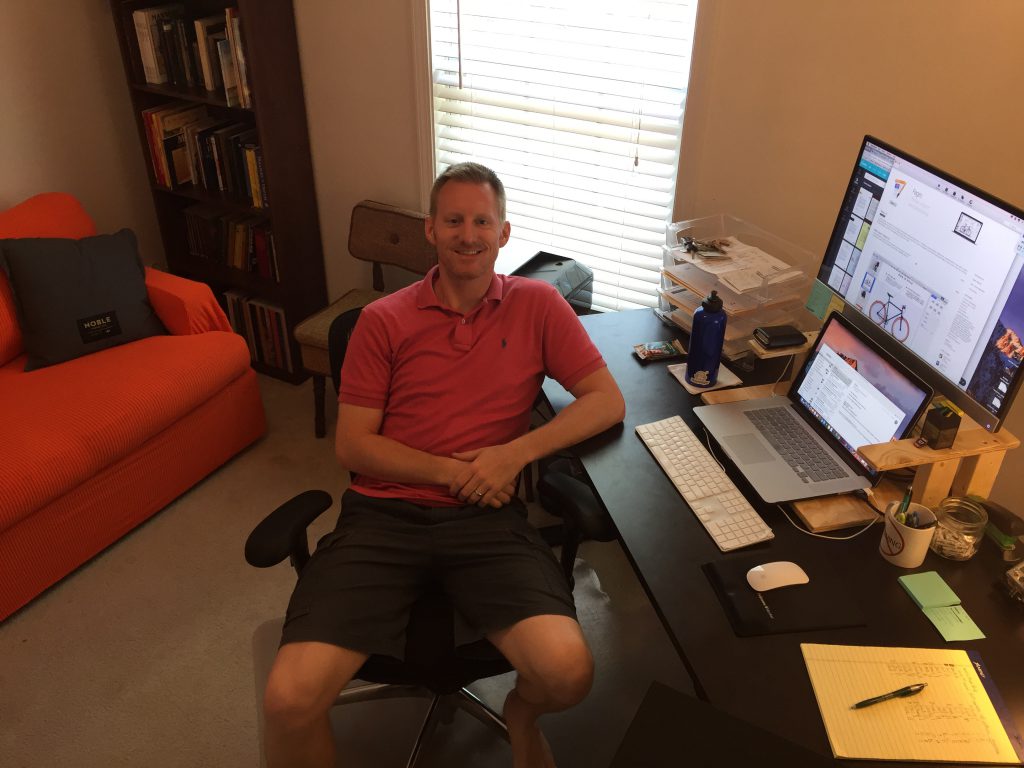
4. You sell quite a big selection of products via a Shopify store. Did you develop all these products yourself? How did you do this?
My wife developed our first products, the “Teaching the Sound” eBooks. All other products (apps and flashcards) we developed together.
We typically create them in word processing programs like MS Word and Publisher. A few of the smaller ones were made with Canva.
Below is an example of our flashcard sets. They are standard playing card size when you print them out. We bought the images from a stock photo site, designed the layout using Microsoft Publisher (on a Mac you would use Pages) and turned them into a PDF to sell in our store.
We have 23 sets of individual sound flashcards that we sell for $3.99 each and an “All in One” set (all individual cards combined) that we sell for $69.99.

Sure, it also requires more work than the passive models. You need to create the products. You need to figure out how and where to sell them. You need to design a marketing strategy. You need to deal with customers. You may have to outsource some of the work or even hire help.
Sound overwhelming? With the right guidance, it’s far more doable than you may think. SBI! provides step-by-step guides for both digital and hard goods.
From AdSense to making and selling your own products, we have SBIers covered when it comes to monetization. The SBI! Action Guide’s detailed guidance helps you plan and implement those that are right for you.
5. You’re also offering free and paid apps. How did you come up with the idea to create apps? What role do they play in your monetization mix?
The idea to create apps came from digging into my Analytics. I use Google Analytics and strongly encourage every solopreneur to do so. It gave me a ton of insight about who my audience was.
From Analytics, I could see that about half of my audience was visiting a certain type of content on my site from an iPhone or iPad. As a result I turned much of that content into a more interactive app. This allowed my audience to access the information more easily from their mobile devices.
We designed the apps ourselves and then paid a programmer or partnered with a programmer to get them developed. Creating all of this is what has helped me become so proficient in Photoshop, as I mentioned earlier.
The money I get from app sales is crucial to my monetization. It probably makes up about 50 to 75% of my monthly revenue. It’s starting to shift a little bit now that I have learned how to better use email marketing to sell my PDF products.
One key element to knowing your audience is to understand your traffic. Where do your visitors come from? How long do they stay on your site? What content do they view most? Where and how do they leave?
SBI!’s own Traffic Stats module provides you with some basic monthly and daily stats. But we strongly encourage every SBI! member to implement Google Analytics from the very beginning. It’s free and gives you a lot of insight into your visitors. Insights that you can then turn into exactly the content your audience is not just looking for, but willing to pay for.
Luke learned from his Google Analytics data that half of his traffic to certain pages came via mobile, more specifically from iPhone and iPad users. This gave him the idea to develop apps, which brings us to our next Takeaway.
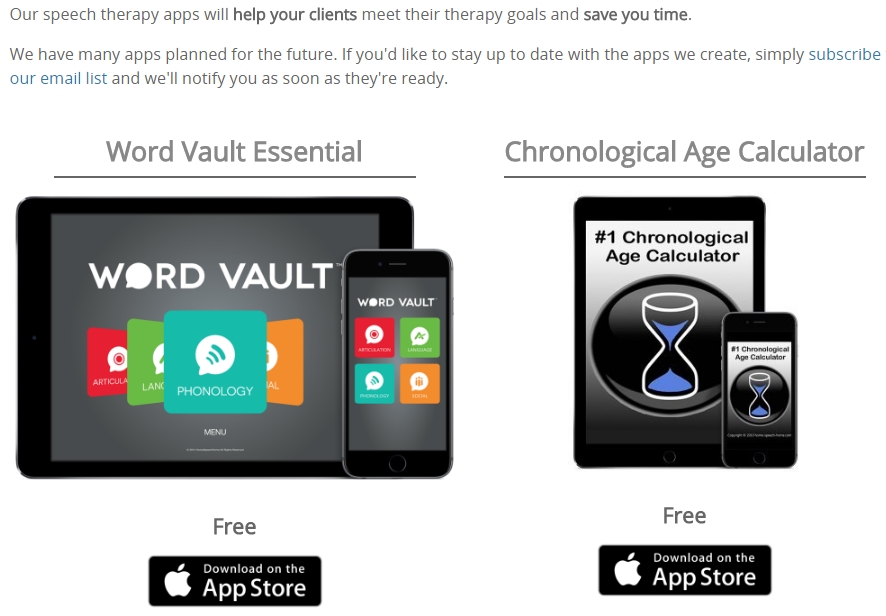
Does developing an app make sense for your niche? People use apps for a variety of reasons, for example:
- To find information about a restaurant, product or event “on the go”
- To get answers to a specific question right when they need it
- To learn something new (language, knitting, car maintenance)
- To keep them on track with a personal or professional goal
- To play games and have fun!
Does your content lend itself to any of the purposes above? If you believe so, then it’s time to explore your traffic stats. How much of your traffic comes from mobile? If it’s 50% or more (and you have good traffic numbers), developing an app may be worth your time and effort.
You can either go the DIY route with one of the free and paid mobile app makers like AppMakr or Infinite Monkeys, or you can outsource the app programming.
6. You use social media to promote your online business. How did you decide which platform(s) to use? Why do you think they work best for your niche?
Again, it all goes back to analytics. You can see which platform is driving the most traffic to your site. SBI! and social media experts recommend that you choose one or two platforms that provide you the most traffic and focus on doing them really well.
I settled on Facebook and Pinterest as my two main social platforms.
Facebook works really well for my business, because, well, it’s Facebook and because they have more than one and a half billion users.
Pinterest works very well because my audience are primarily women looking for craft-based information and educational games and ideas. There are a lot of creative ideas on Pinterest for education and learning.
I should be leveraging Pinterest way more than I am. However, as my organic search traffic is high enough, I decided to focus on what matters most to my business right now: building out my product line.
What social channel is best for your business? It depends highly on 1) your niche and type of business and 2) the demographics/psychographics of your would-be customer. For example, visual niches like travel, photography, food and crafts, tend to do well on Pinterest or Instagram. If there’s an additional educational and collectability aspect, as with Luke’s speech and language trainings, Pinterest should be your first choice.
If you’re an accountant, business coach or marketing consultant, you should probably be on LinkedIn.
And while Facebook is typically seen as the “must be” network, it may or may not work well for you. It’s the “jack of all trades” of social media marketing — you have to answer “why would they want to follow me on Facebook?”
To help solopreneurs decide on the best social media platform(s) for their niche and use them in the most efficient way possible, we are currently developing Social Media Action Guides for Facebook, Twitter and Instagram. The Pinterest Action Guide has already been published and is available to all SBIers (free of charge).
7. What has been your biggest challenge so far as a solopreneur couple?
We have two big challenges.
The first is finding time to work together on anything. We have three kids and another one on the way. We homeschool, so that can make it difficult for us to set time aside to work on products, content creation, etc. In the early years we spent many late nights together working on our online business.
Another challenging thing about working together is that both of us have strengths in different areas, but would like to have our own strengths as well as the other person’s. Hollie is much more creative than I am, whereas I’m more research and data driven.
So she will run an idea by me and I will research and see if it’s a viable option. If it isn’t, I tell her that. We get into disagreements a lot because she thinks that a product would do really well, and I believe it won’t.
Conversely, when we’re designing products we both have our own unique style. So we’ll get into disagreements about what type of design we think is best for our customers. She usually wins these disagreements because our primary audience are females aged 25 to 45.
However, we can help solopreneurs with the second challenge that Luke mentions: time. Juggling kids, household and potentially an outside job alongside your online business is tough. Time is every solopreneur’s most precious and limited resource.
That’s why SBI! focuses on saving you time in your business-building journey. In a recent survey, we asked our customers for the top 3 ways in which SBI! has helped them succeed. In third place was the fact that SBI! provides them with exactly the information they need to know (at any given point in time) and which action — if any — they have to take to stay current with today’s online business requirements.

8. What do you enjoy most about being online business owners? How has it changed you, your life, your family?
This is kind of a tricky one. I love working for myself, that I don’t get told what to do, that I make my own hours, that I work when I want on what I want. I love having more time to be with my kids and my wife. We homeschool, so I get to see my kids every day and even help with homeschooling a little bit sometimes.
I love the flexibility of being able to go places and still run my business seamlessly. We have recently received a nice benefit that allows us to fly our whole family for free. Since our kids are homeschooled we take advantage of that.
I also like that the amount I make is up to me. In my profession, raises didn’t come often. That wasn’t motivating, as you can imagine. It’s not to say that I’m all about the money, but it’s nice to be rewarded more as you learn more and apply more to your business.
Whereas, when you are working for someone else, it doesn’t matter how good you are at what you do. You’re not going to get that raise until your boss thinks you deserve it.
On the flip side, it can be nerve-racking if you have a bad month of sales and money is short. The solution is to save money during the good months. This helps me cope better with those nervous feelings.
With your own business, you are your own boss and can work on it as much or as little as you want. With more effort (and the right strategies), there’s a good chance to increase your earnings.
Now, we don’t advise you to quit your job right away. Follow Luke’s example: Build your online business in your spare time and — if that’s your goal — quit your day job once you’ve reached a steady income at a level that you feel comfortable with.
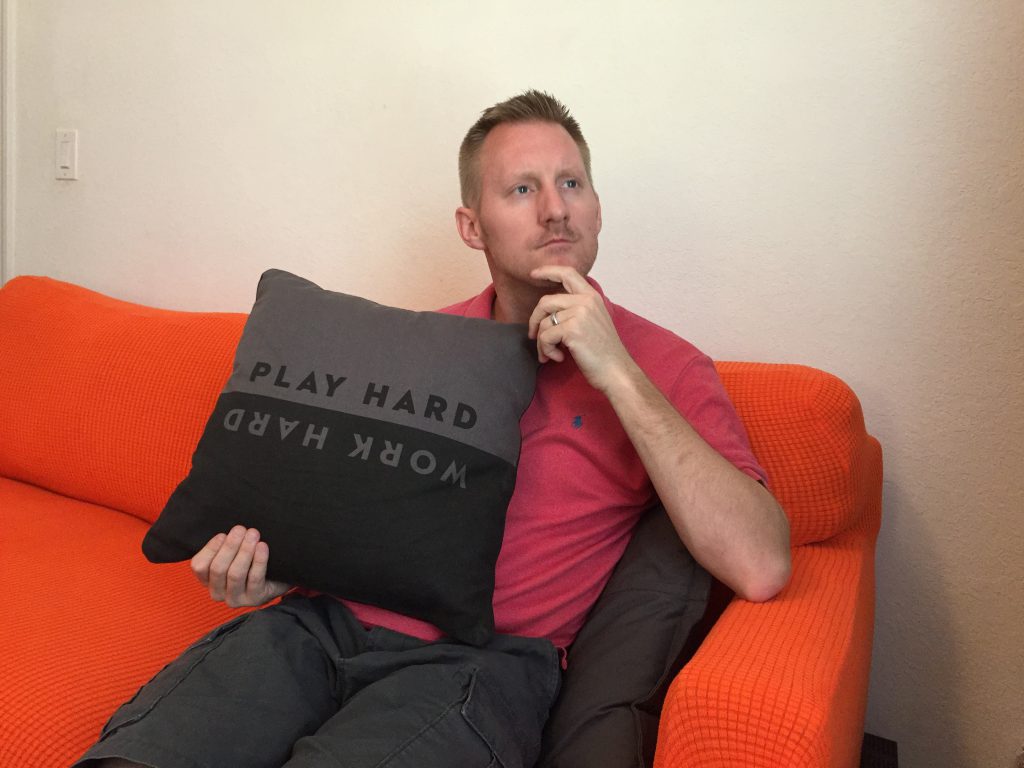
9. And finally… What’s your top tip for someone who is just starting a solopreneur career?
I can’t limit it to one, so I have five tips.
Tip #1: Things will take longer to develop than you expect unless you work at breakneck speed. Be careful with that. You may get burnt out.
Tip #2: Be prepared to shift and change your plans and sometimes your whole business, as the online world continues to develop. In the beginning, we made products for parents to use at home. It turned out though that our audience was therapists, so we had to pivot 180°. We changed our model to meet the needs of therapists instead of parents.
Tip #3: Make data-driven decisions when developing products. You will have much more success in selling products that people actually want versus ones that you think they want. I spent $2500 building the first version of our best selling app. I wasn’t worried that I wouldn’t make my money back, because I had the analytical data to back up the creation of the app.
Tip #4: Begin building your email list early on, even if you don’t have any products to sell yet. Your email list will be your most valuable asset for driving traffic, understanding who your audience is, creating your first product, and making sales.
Tip #5: Never stop learning about ways to improve your site and business. SBI! and many others have wonderful resources and products available to help you do this. No matter how much you think you know, there’s always more to learn.
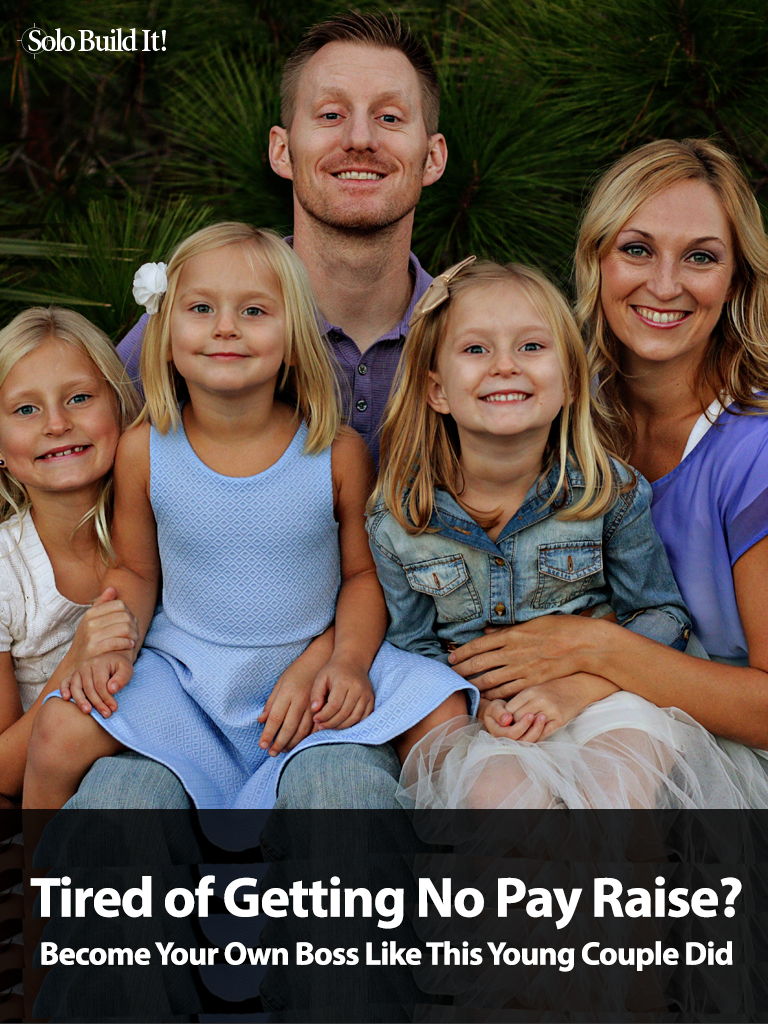
Latest posts by Margit Streifeneder (see all)
- From Traffic Peaks to Auto-Pilot: A Psychologist’s Website Success Story - March 27, 2025
- From Swim Teacher to Solopreneur: Building Passive Income Online - February 27, 2025
- From Concierge to Global Tours: 10 Lessons for Travel Business Growth - December 19, 2024


